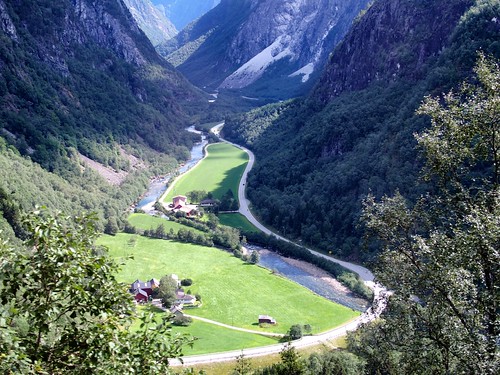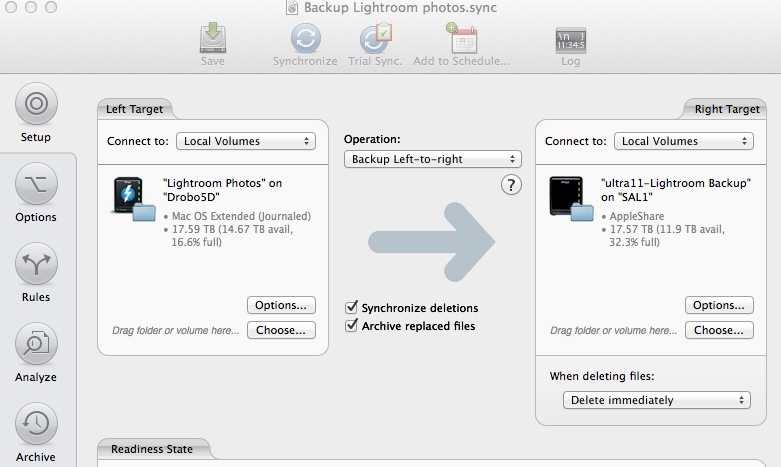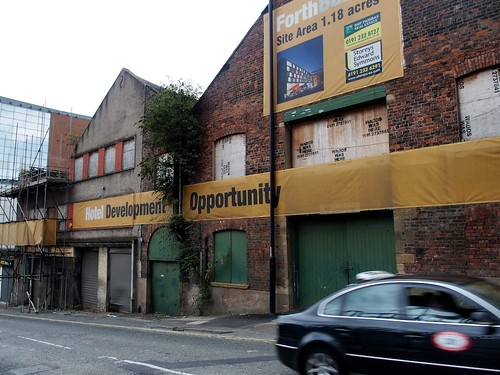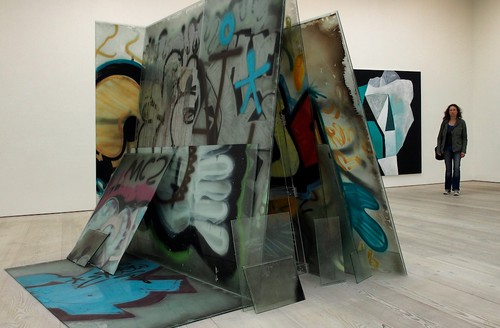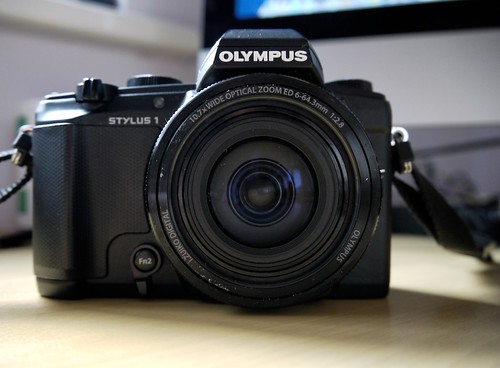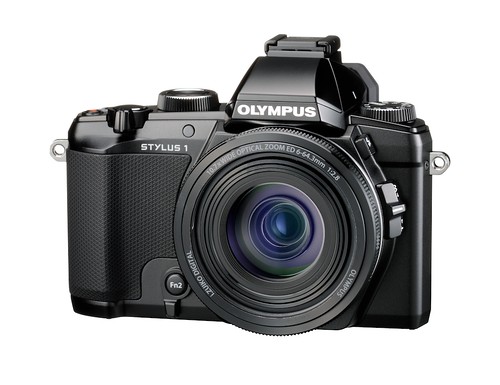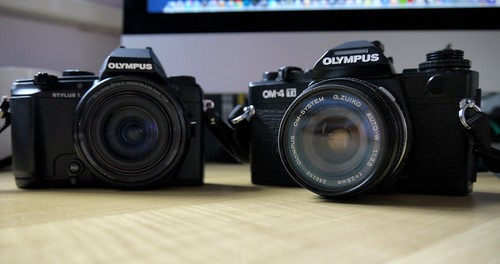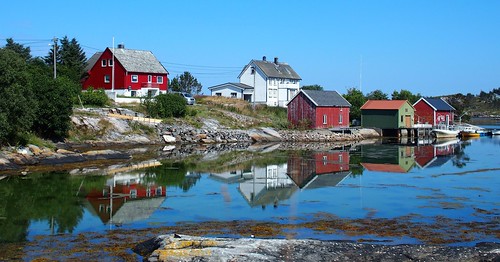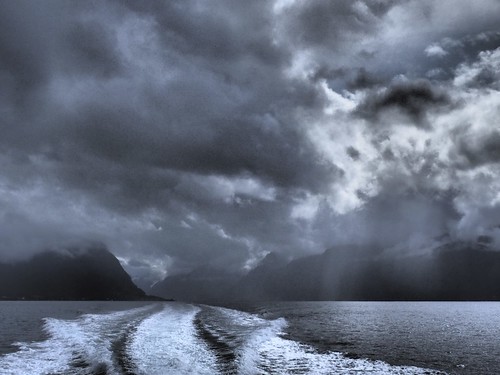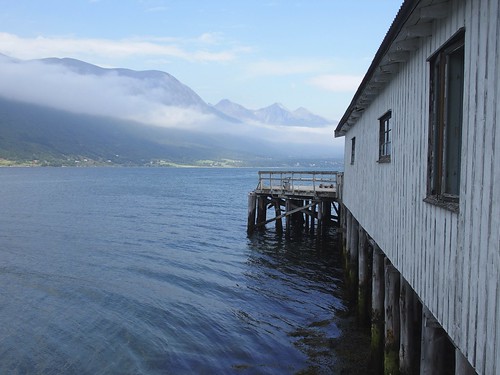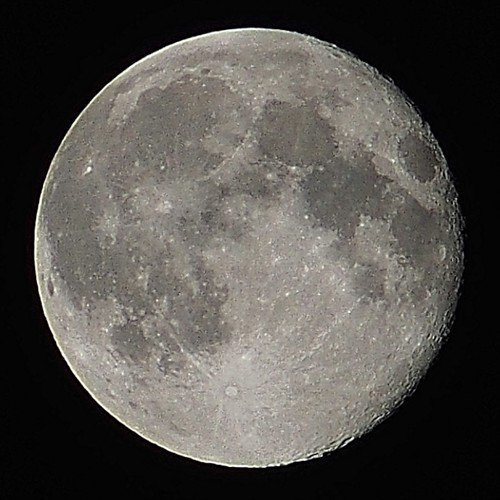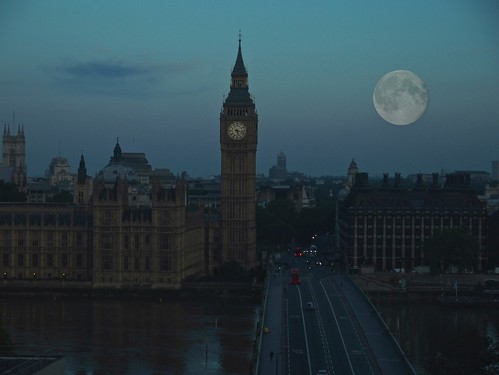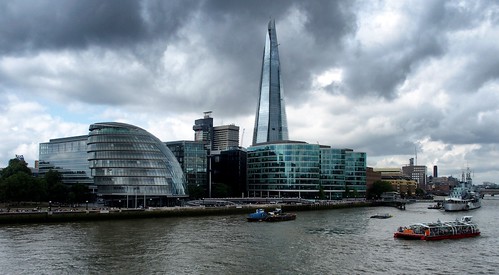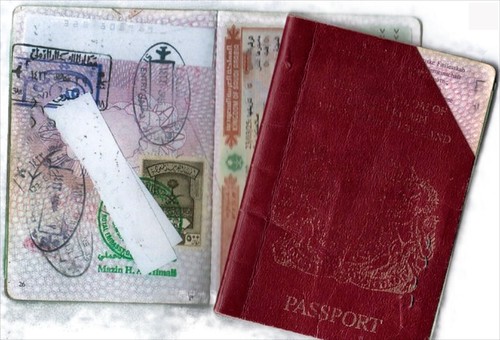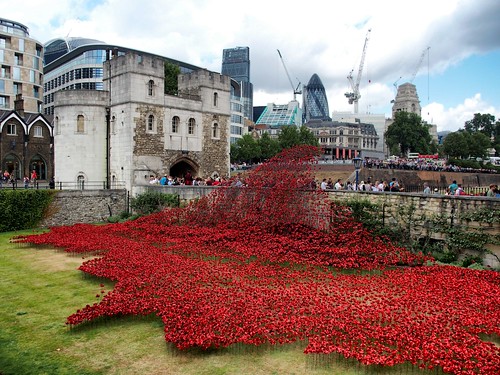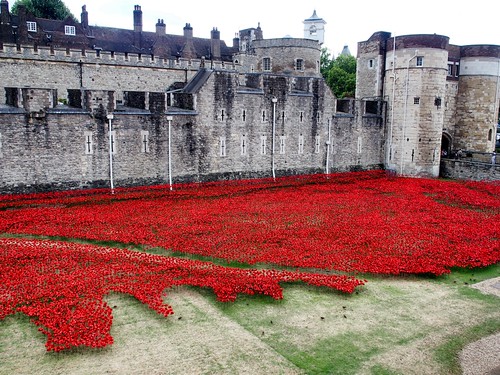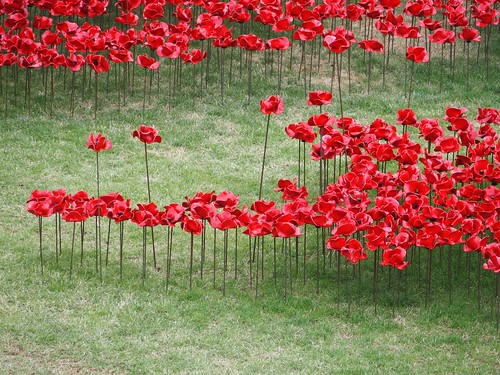
Yes, I'm back in London.
Like in the Lennon song, the Norwegian wood around me now is mainly pine cladding. Either that or IKEA furniture from Sweden which has been sourced from Norwegian medium density fibreboard, although, nowadays even that might come from China instead of the Nordics.
Down south, it is harder to locate direct Norwegian influences. Okay, the big tree in Traf. Square at Christmas. Maybe a very occasional Statoil filling station. Up across the border in Scotland it's different, because of all the energy sector influenced companies. Oil, gas, petrol, wind and wave farms. The names of some of the companies flash up on the rolling adverts on the Norwegian ferries, but most are not household names to the average Brit.
The lovely-to-visit Norway has a very high (a.k.a. expensive) standard of living. I've previously mentioned that a medium sized beer (less than a pint) costs about £10 and the Big Mac Index shows Norway at around $8 for the burger. Actually, we were sitting in a non-fancy cafe and I noticed the price for a basic burger was around 97Kr, which is more like £9 or about US$15. The Norwegians say they don't notice the high prices, I guess that's because they earn at a commensurate rate. During our time in Norway I suppose we just got used to knowing what to expect things to cost, suspending any 'convert to sterling' mindset. And unlike trips to the USA, I didn't need to buy an extra luggage to bring back all the goodies at the end of the trip.
The high standard of living relies upon Norway's financial reserves from exploitation of natural resources, particularly North Sea oil. Norway made a decision back in the 1960s to exert sovereign rights over the North Sea and thus captured the biggest share of the now depleted North Sea oil. It gave the country a chance to make its own path and to slimly vote to not join the European Union.
It's done pretty well, prosperously moving from farming and fisheries to the energy sector and latterly moving oil production to the Norwegian and Barents Seas.
I used to work occasionally around Stavanger, which is the on-shore oil capital of Norway, a bit like Aberdeen is in Scotland. I can't help wondering, though, whether Norway's energy and EU decision and its implications were made at a much more favourable time than Scotland now thinking about trying to go it alone? As an example Norway set up what is now a massive state pension fund to tap the surplus energy wealth against future outcomes.
Although it won't be all about energy in the Scottish debate, the economics will undoubtedly form a big part of the discussion, like tonight on the telly. I can't help wondering how many organisations have at least hit the 'pause' button over Scotland, and maybe are poised on the 'Eject' until after the vote plays out?
And I know, today's post has become a bit of a ramble through the woods, but still not the long and winding road filled with questionable statistics as we watch Scotland decide its future.
